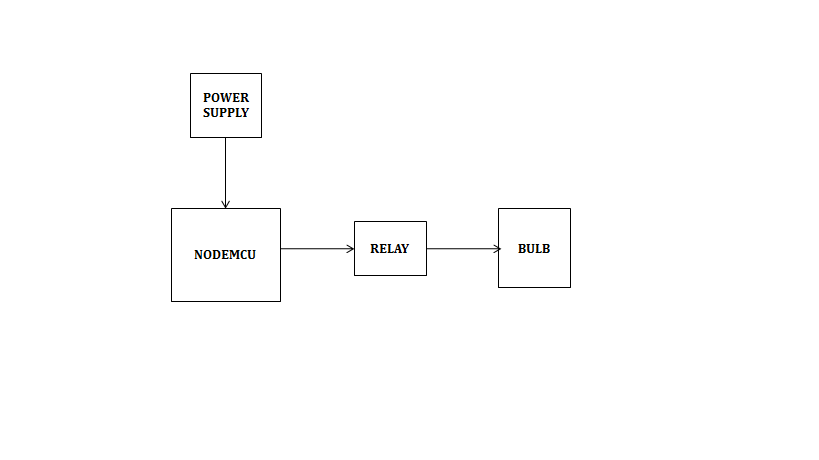Home Automation Using Google Voice Assistant
Objective
The main objective of this project is to control the home appliances by using Google Assistant
Abstract
The idea behind Google assistant-controlled Home automation is to control home devices with voice. On the market there are many devices available to do that, but making our own is awesome. In this project, the Google assistant requires voice commands. Adafruit account which is a cloud based free IoT web server used to create virtual switches, is linking to IFTTT website abbreviated as “If This Than That” which is used to create if else conditional statements. The voice commands for Google assistant have been added through IFTTT website. In this home automation, as the user gives commands to the Google assistant, Home appliances like Bulb, Fan and Motor etc., can be controlled accordingly. The commands given through the Google assistant are decoded and then sent to the microcontroller, the microcontroller in turn control the relays connected to it. The device connected to the respective relay can be turned ON or OFF as per the users request to the Google Assistant. The microcontroller used is NodeMCU (ESP8266) and the communication between the microcontroller and the application is established via Wi-Fi (Internet).
Keywords: Google voice Assistant, NodeMCU, IFTTT.
NOTE: Without the concern of our team, please don't submit to the college. This Abstract varies based on student requirements.
Block Diagram

Specifications
Hardware Requirements:
- NodeMCU
- Relay
- Transformer
- Power Supply
- Bulb
Software Requirements:
- Arduino IDE
- Embedded C
- Google assistant application
- Adafruit IO
- IFTTT Service.
Learning Outcomes
- What is NodeMCU?
- How NodeMCU works?
- What is Relay?
- How Relay works?
- What is bulb?
- What is Adafruit IO?
- What is IFTTT service?
- What is Transformer?
- How Transformer works?
- What is Power Supply?
- How Power Supply works?
- About Project Development Life Cycle:
- Planning and Requirement Gathering( software’s, Tools, Hardware components, etc.,)
- Schematic preparation
- Code development and debugging
- Hardware development and debugging
- Development of the Project and Output testing
- Practical exposure to:
- Hardware and software tools. ,
- Solution providing for real time problems,
- Working with team/ individual,
- Work on Creative ideas.
- Project development Skills
- Problem analyzing skills
- Problem solving skills
- Creativity and imaginary skills
- Programming skills
- Deployment
- Testing skills
- Debugging skills
- Project presentation skills
- Thesis writing skills





 Paper Publishing
Paper Publishing
